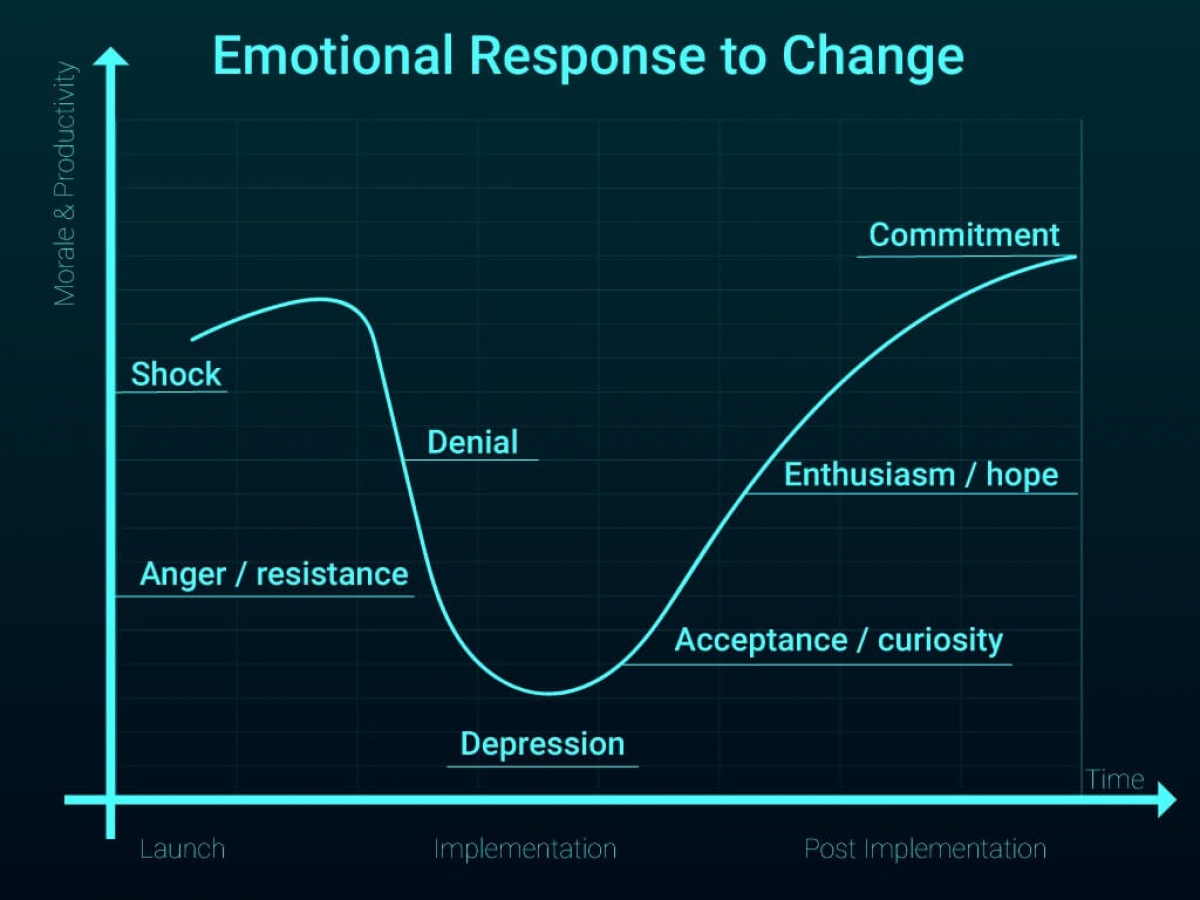We specialise in serving headquarters of global brands, helping them cut complexity costs in strategy execution across markets and fulfil their corporate role as scale economisers and advantage accelerators. Leverage our consulting expertise, technology solutions and remote talent resources to create organisational simplicity, scalability and efficiency in multi-market operations.
Transforming global brand marketing, creative and eCommerce function into a competitive advantage
 (EMEA) 14 markets
(EMEA) 14 markets
 (EMEA) 47 markets
(EMEA) 47 markets
 (EMEA) 17 markets
(EMEA) 17 markets
 (WHQ)
(WHQ)
Digital transformation involves technologies and humans. Unfortunately, we tend to ignore the latter (Humans) when leading change. It’s perhaps the most critical — and most overlooked — success factor in digital transformation today. Digital transformation is not just an IT project. To be done well, it drives a massive shift in human behaviour. The hardest part of digital transformation isn't the technology, it's the people change and change in human behaviour. In this sense, the central term for the conversation becomes User Adoption.
Research shows that 59% of new technology implementations fails because of low user adoption.
User adoption is a situation in which users adopt a software system that works to fill a specific need. They transfer from an old system and adopt a software system that is newer, better, faster and more efficient. The big issue is always the ticklish time when you transfer from an old system to a new one. Resistance to change is nothing new. It’s embedded in the human psyche. Change may be positive, but getting everyone to buy into that change isn’t easy. User adoption strategies represent a plan of action designed to achieve a long-term or overall aim within an organisation and can be crucial to the new technology’s success. Without a good strategy, you will not get the seamless transition you are hoping for. There will be dissatisfaction, frustration, technical problems, and general chaos. Research shows that 59% of new technology implementations fails because of low user adoption.

User Adoption Strategies
User adoption strategies are so important that a range of terms have been coined to describe them and many books have been written on the subject. Let’s take a closer look at how organisations approach user adoption. There are several adoption strategies that can be used to implement a system in an organisation. The main 3 strategies are: 1) Big Bang Adoption 2) Parallel Adoption and 3) Phased Adoption
Big Bang Adoption
"Big Bang" is a metaphor for the cosmological theory of the same name, in which the start of the cosmos happened at one moment in time. This is also the case with the big bang adoption approach, in which the new system is supposed to be adopted completely on one date. In other words, you set the date, and you dive right in. There is no going back. The old system is abandoned, and the new one is adopted.
You set the date, and you dive right in. There is no going back. The old system is abandoned, and the new one is adopted. Big Bang adoption has its advantages. You get everyone on the same page on the same day, and they run with it. Everyone’s working on the same system, and you get instant change.

To succeed with Big Bang user adoption, training and orientation are key. Before the starting the gun, everyone knows exactly what is going to happen, how it affects them and the way they will work, and how to use the software. All their questions have been answered, and all their concerns have been addressed. The software itself may influence your choice. The more user-friendly the new system is, the more likely you are to choose this strategy. With complex systems that are less easy to learn, Big Bang adoption can result in chaos.
Parallel Adoption
In the case of parallel adoption, the old and the new system are run in parallel initially, so that all the users can get used to the new system, but still can do their work using the old system if they want to or need to do so. Parallel adoption means that two systems will be run simultaneously during a transition period. The advantage of parallel adoption is that users get a chance to get used to the new system. If they get stuck, they can always transfer to the old system until they get the support they need. The disadvantage of parallel adoption is that you now have two systems to monitor: an old one, and a new one.
Parallel adoption means that two systems will be run simultaneously during a transition period

Article Below

 Boris Ziegler
Boris Ziegler